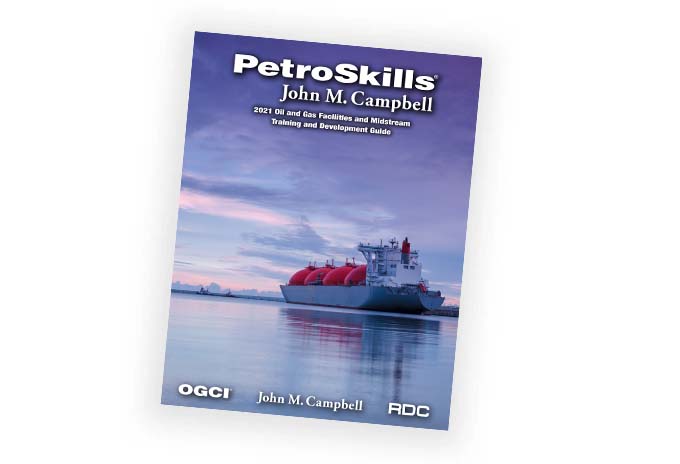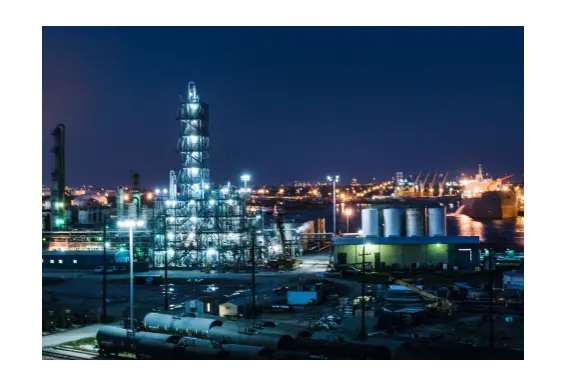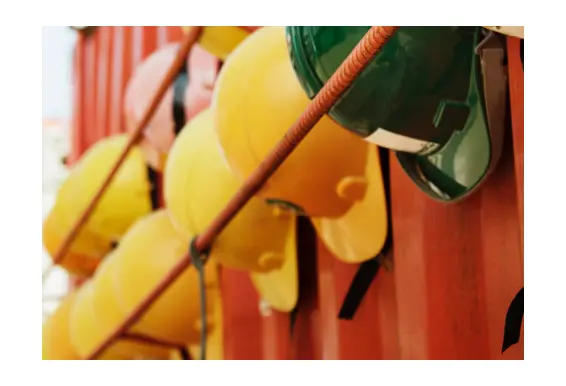Process Control Tests
e-Learning
About the eLearning Course
This course will teach you how process control tests are used to aid in the production of high-quality products. You will learn about common tests — what they are, when they are used, and what the tests results mean. You will learn why products are tested, the different kinds of tests, how to obtain a good sample, and to interpret test results.
Target Audience
Operations personnel who require a fundamental understanding of knowledge to operate and maintain facilities. Also suitable for maintenance and technician personnel whether new to their roles or seasoned experts looking to enhance their skills.You Will Learn
Participants will learn how to:
- Describe when, why, and how to test process samples.
- Describe the process of sampling, including spot and composite samples.
- Describe how to properly store and identify samples.
- Describe how test results are reported and identify how to interpret test results.
- Describe the types and uses of tests.
- Describe the properties that can be physically tested.
- Describe how to interpret results from an ASTM distillation test.
- Describe how freezing point determines hydrocarbon purity and vapor pressure determines volatility.
- Define fire and flash points for hydrocarbon vapors.
- Define viscosity and describe how it is measured.
- Define density, specific gravity, and API gravity and describe how they are measured.
- Define the BS&W and extraction tests.
- Describe the tests used to detect the presence of ash, coke, gum, and to detect pour and cloud points.
- Describe how sulfur is detected and treated in crude oil.
- Describe how acidity and appearance is tested in a product.
- Describe the structure, function, and classes of hydrocarbons.
- Describe the tests designed to ensure high-quality products.
- Define and identify saturated and unsaturated compounds.
- Describe how the properties of hydrocarbons affect quality.
- Describe the purpose of a bromine and aniline test.
- Define the refraction index for a liquid.
- Describe how steam turbine oil is tested.
- Describe the purpose of octane and cetane numbers.
- Describe the purpose of a color stability test.




